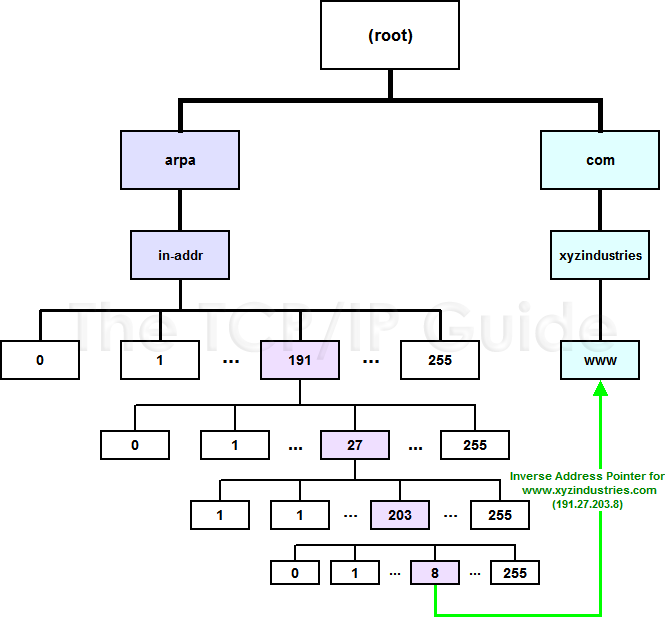 |
|
Please Whitelist This Site?
I know everyone hates ads. But please understand that I am providing premium content for free that takes hundreds of hours of time to research and write. I don't want to go to a pay-only model like some sites, but when more and more people block ads, I end up working for free. And I have a family to support, just like you. :)
If you like The TCP/IP Guide, please consider the download version. It's priced very economically and you can read all of it in a convenient format without ads.
If you want to use this site for free, I'd be grateful if you could add the site to the whitelist for Adblock. To do so, just open the Adblock menu and select "Disable on tcpipguide.com". Or go to the Tools menu and select "Adblock Plus Preferences...". Then click "Add Filter..." at the bottom, and add this string: "@@||tcpipguide.com^$document". Then just click OK.
Thanks for your understanding!
Sincerely, Charles Kozierok
Author and Publisher, The TCP/IP Guide
|
|
|

Custom Search
|
|
DNS Reverse Name Resolution Using the IN-ADDR.ARPA Domain
(Page 2 of 4)
The IN-ADDR.ARPA Name Structure for Reverse Resolution
The problem here is that the servers are arranged by name and not be IP address. The solution, therefore, is as simple as it sounds: arrange the servers by IP address. This doesn't mean we remove the name hierarchy, or duplicate all the servers, or anything silly like that. Instead, we create an additional, numerical hierarchy that coexists with the name hierarchy. We then use this to find names from numbers, using a process commonly called reverse name resolution.
The name hierarchy for the Internet is implemented using a special domain called “IN-ADDR.ARPA”, located within the reserved “.ARPA” top-level domain (“IN-ADDR” stands for “INternet ADDRess”. Recall that “.ARPA” was originally used to transition old Internet hosts to DNS, and is now used by the folks that run the Internet for various purposes.
A special numerical hierarchy is created within “IN-ADDR.ARPA” that covers the entire IP address space:
- At the first level within “IN-ADDR.ARPA”
there are 256 subdomains called “0”, “1”, “2”
and so on, up to “255”. For example, “191.IN-ADDR.ARPA”.
(Actually there may not be all 256 of these since some IP addresses
are reserved, but let's ignore that for now).
- Within each of the subdomains above, there are
256 further subdomains at the second level, numbered the same way. So
for example, one of these would be “27.191.IN-ADDR.ARPA”.
- Again, there are 256 subdomains at the third
level within each of the above, such as “203.27.191.IN-ADDR.ARPA”
- Finally, there are 256 subdomains at the fourth level within each of the third-level subdomains, such as “8.203.27.191.IN-ADDR.ARPA”.
This structure is illustrated in Figure 246. As you can see, within “IN-ADDR.ARPA” we have created a name space that parallels the address space of the Internet Protocol. (Yes, this means there are several billion nodes and branches in this part of the Internet DNS name space!)
|
|
| |||||||||||||||||||
Home - Table Of Contents - Contact Us
The TCP/IP Guide (http://www.TCPIPGuide.com)
Version 3.0 - Version Date: September 20, 2005
© Copyright 2001-2005 Charles M. Kozierok. All Rights Reserved.
Not responsible for any loss resulting from the use of this site.







